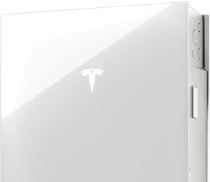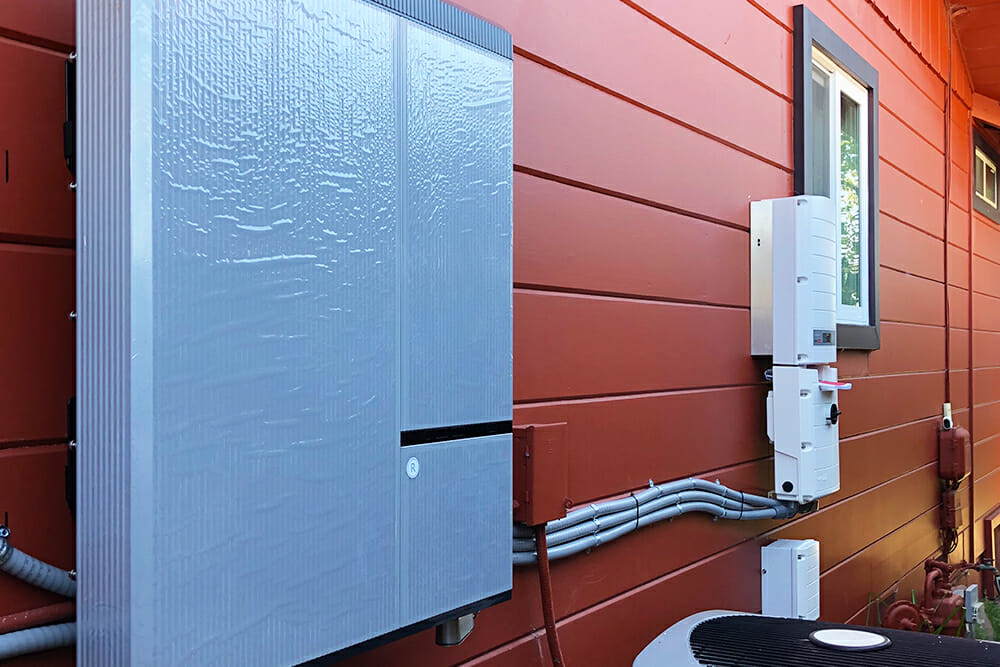Solar power is popular for a number of reasons. One major benefit is that solar can reduce energy costs, and that is especially important now that energy providers like SMUD and PG&E have upped their rates under time-of-use pricing. But many homeowners considering solar are not only after cost savings, but also want to do their part to protect the planet by using only “green energy”—energy produced from renewable resources, such as wind and solar.
Since we first understood how to generate power, people have tended to use non-renewable forms of energy, such as coal and oil, which are finite resources. Every time you flip a light switch, charge your phone, use the toaster, or use electricity for any reason, you burn gas, coal, or oil. Not only are these sources of energy finite, but the world also has to deal with the resulting pollution.
Solar power is different. After solar panels and components are manufactured and installed at your home or business, you get to enjoy renewable energy that does not deplete natural resources or generate pollution.
Unfortunately, despite these advantages, there remain environmental concerns. Why? The solar panel manufacturing process, which requires the use of toxic chemicals that release pollutants and consume valuable resources.
Manufacturing solar panel semiconductors requires a significant amount of water.
Nearly all the devices that we use on a daily basis use semiconductors—phones, tablets, computers, cars, and more all contain semiconductors. They are a necessary ingredient of our technological society.
Solar panels use a large amount of semiconductors, which power the most essential function of solar: turning sunlight into energy.
Semiconductor manufacturing requires massive amounts of water. Just a two-foot wide wafer of semiconductors consumes 4,400 gallons of water. Solar power systems require hundreds of square feet of semiconductors.
Just one semiconductor manufacturing facility can use 5 million gallons of water every day. That’s nearly 2 billion gallons of water every year. Obviously, the demand for solar and other electronic devices can’t be met with one semiconductor manufacturing facility. They exist all over the country, all using water at this staggering rate.
Some solar manufacturers are researching new ways to curb water usage during the solar manufacturing process. Reducing the environmental impacts of solar manufacturing is an important part of the sustainability puzzle.
Solar panels and other electronic devices contain a number of harmful chemicals that are not easy to dispose of.
Over the last few years, solar manufacturers have made steps to reduce or completely eliminate the usage of toxic pollutants in the manufacturing process. The Silicon Valley Toxics Coalition (SVTC) ranks solar manufacturers on their efforts to develop cleaner solar panels. In 2018-19, SVTC identified ten manufactures that lead the solar industry in clean manufacturing, and six additional companies that are considered above average when it comes to non-pollutant processes.
This oversight coalition is important in tracking the progress of clean manufacturing initiatives. The results put pressure on those companies that are not doing their part to practice sustainable manufacturing. It also allows consumers the ability to be more selective when purchasing a solar system. For those especially concerned about their carbon footprint, choosing a solar company that installs clean solar panels is a huge concern. You can view SVTC’s Solar Scorecard in its entirety here.
However, the use of potentially harmful materials is still an inescapable part of the solar panel manufacturing process. Here is a brief rundown of some of the most prevalent pollutants:
Lead is a neurotoxin that is harmful for humans and the environment. Though the use of lead has been reduced since the 1970s, after lead was proven to be harmful, it is still used in the manufacture of solar panels.
Cadmium telluride is a toxic metal carcinogen that is often used in the manufacture of solar cells. Like lead, efforts have been made to reduce cadmium telluride usage, as disposing of the heavy metal and its byproducts requires serious care, or environmental contamination can occur.
Sulfur hexafluoride and other similar toxic chemicals are not present in the solar panels, but are used during the manufacturing process or are produced as a byproduct.
Solar Energy Industries Association (SEIA) has created a nationwide solar recycling program, intended to curb toxic waste.
Disposing of solar components is more complex than just tossing used parts in the trash bin. Solar waste that ends up in the landfill is bad for the environment. The problem is two-fold: (1) as previously discussed, some components are made with toxic chemicals which are harmful to humans and the environment, and (2) parts improperly disposed of can actually be recycled for reuse in future solar manufacturing.
SEIA is leading the effort to set up a network of solar recycling centers throughout the nation. Participating vendors recycle solar components in a safe, sustainable manner, so that toxic chemicals do not end up in the landfill, and useful materials are recovered for reuse. These materials include glass, aluminum, copper, silver, and semiconductors. In fact, solar panels contain significant amounts of glass and aluminum, both of which are easy-to-recycle materials.
Unfortunately, SEIA’s program requires the participation of third-party recycling vendors. As of today, nine states, including California, have participating vendors. Another eleven states are in the process of adopting SEIA’s recycling initiative. That means just twenty states have solar recycling programs—40% of the country.
Some solar manufacturers are in the process of developing more sustainable processes, and solar recycling is becoming more prevalent throughout the country. While cleaning up the manufacturing process is an ongoing effort, the overall environmental benefits of producing energy from solar power far outweigh energy derived from gas, coal, and oil energy sources. As solar becomes increasingly popular, manufacturers will inevitably improve their solar development process to better appeal to a market which demands greener products, or risk falling behind the competition.





